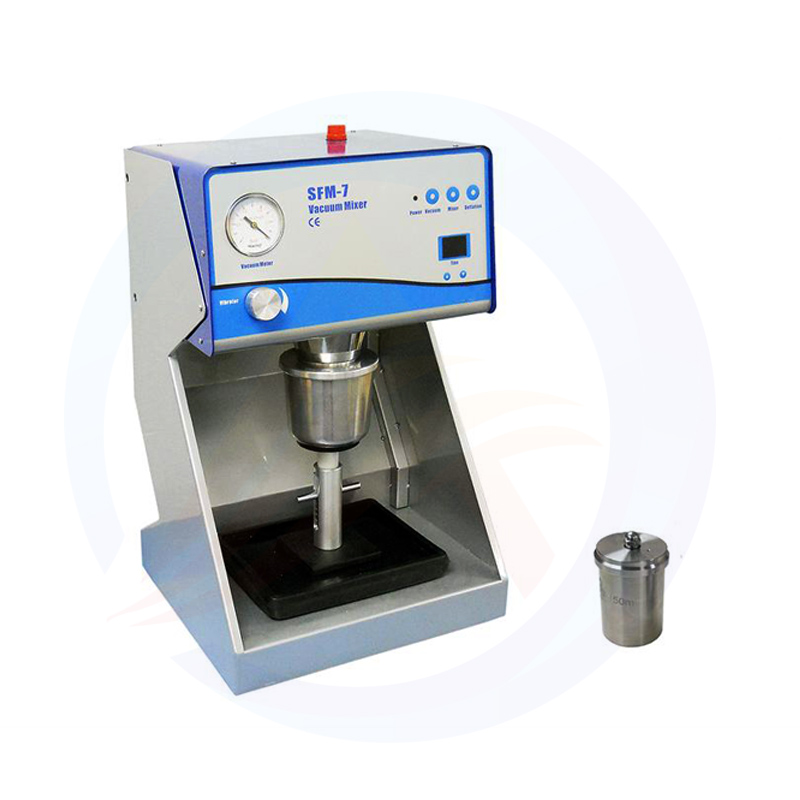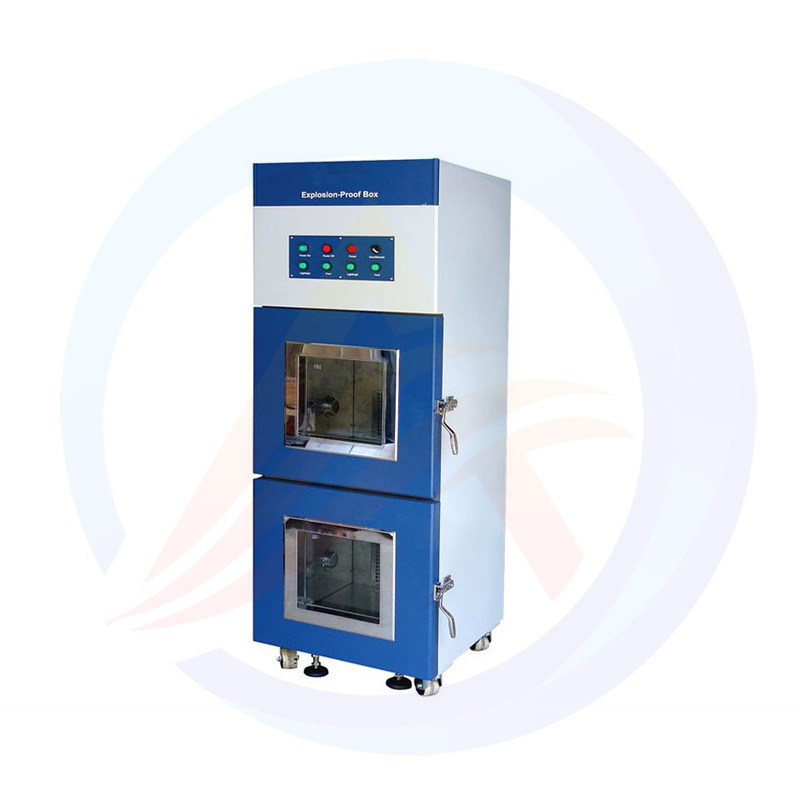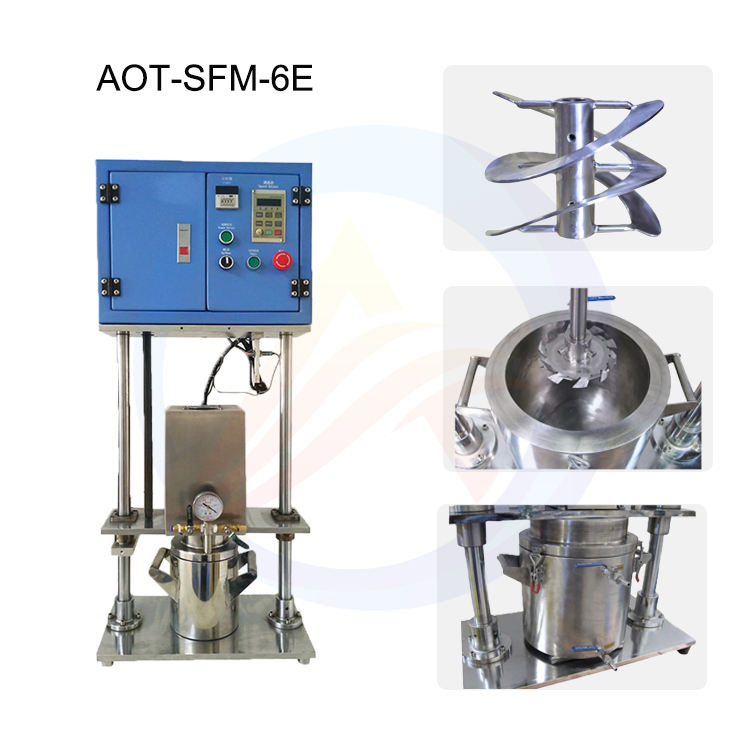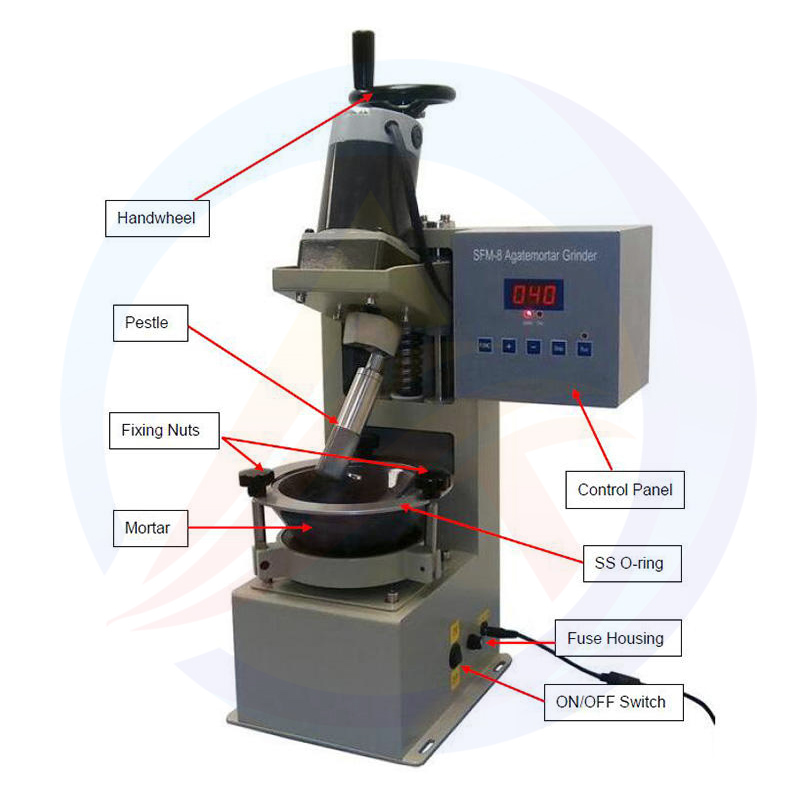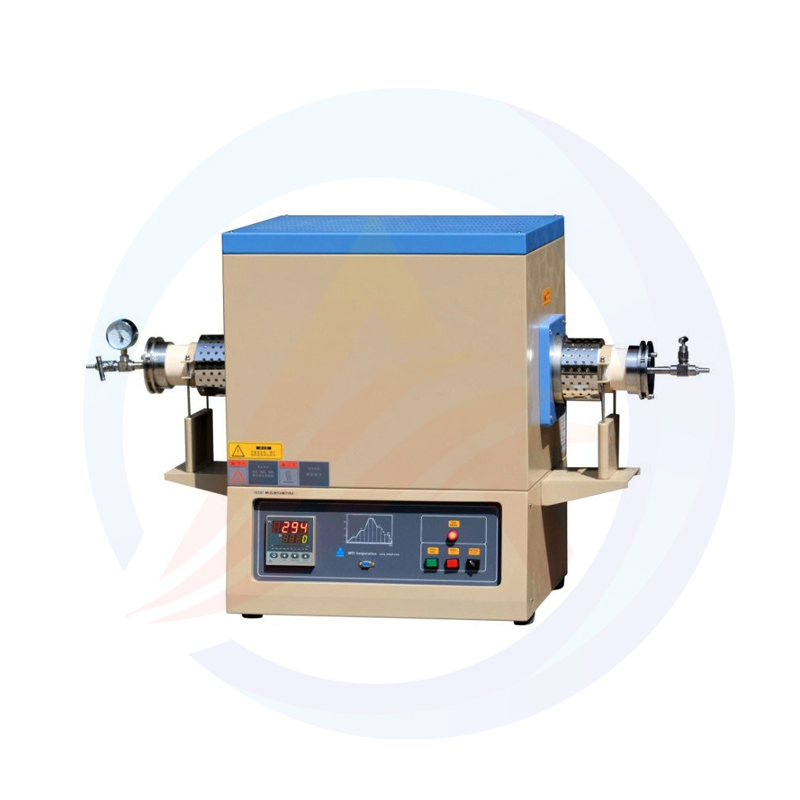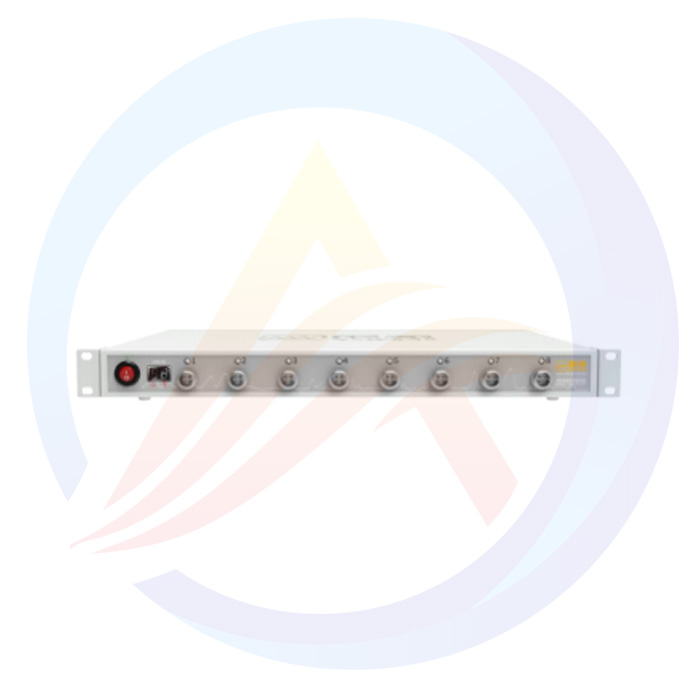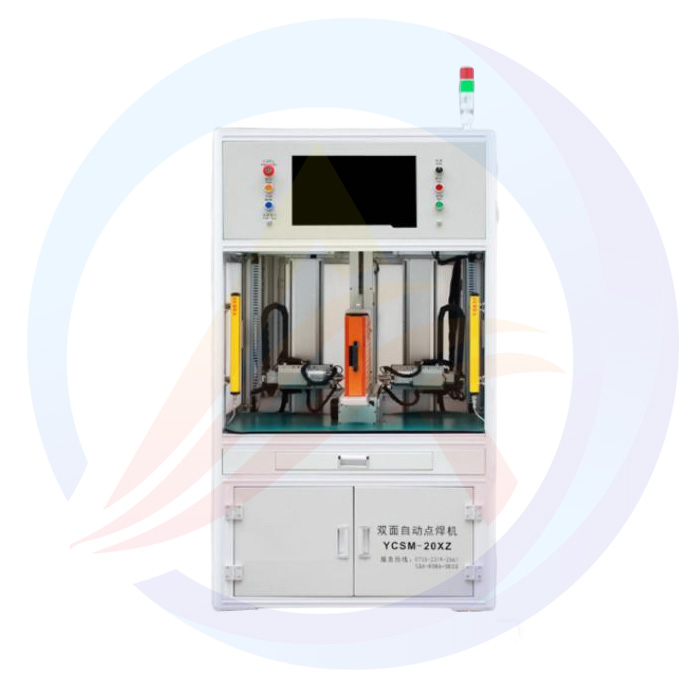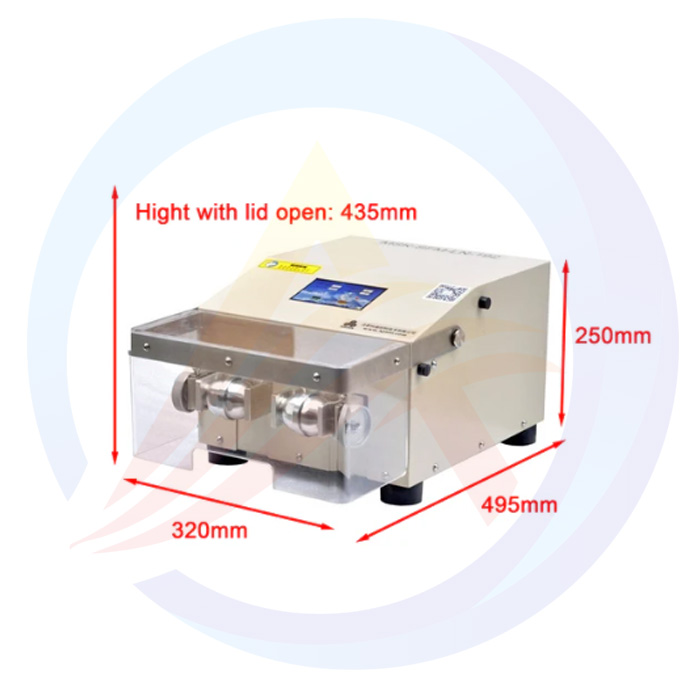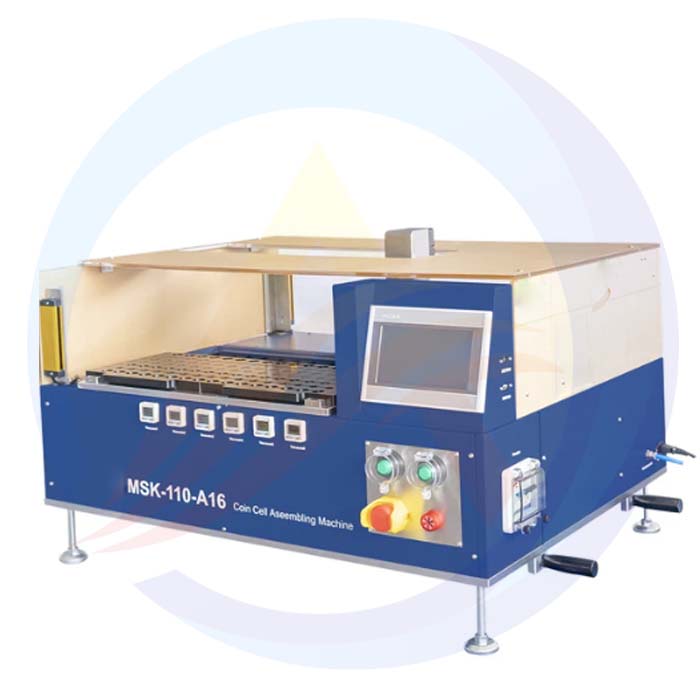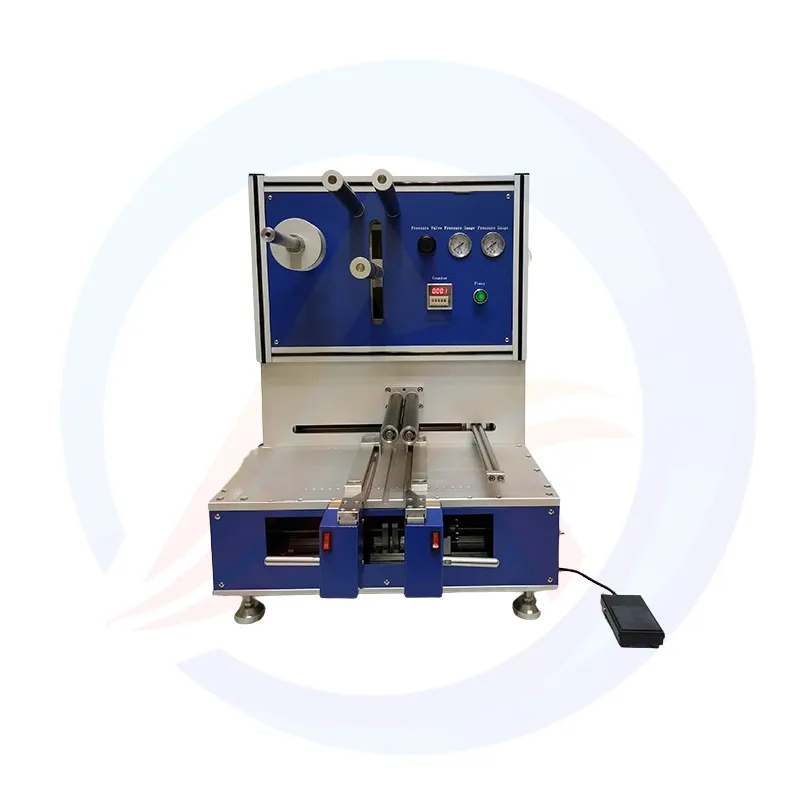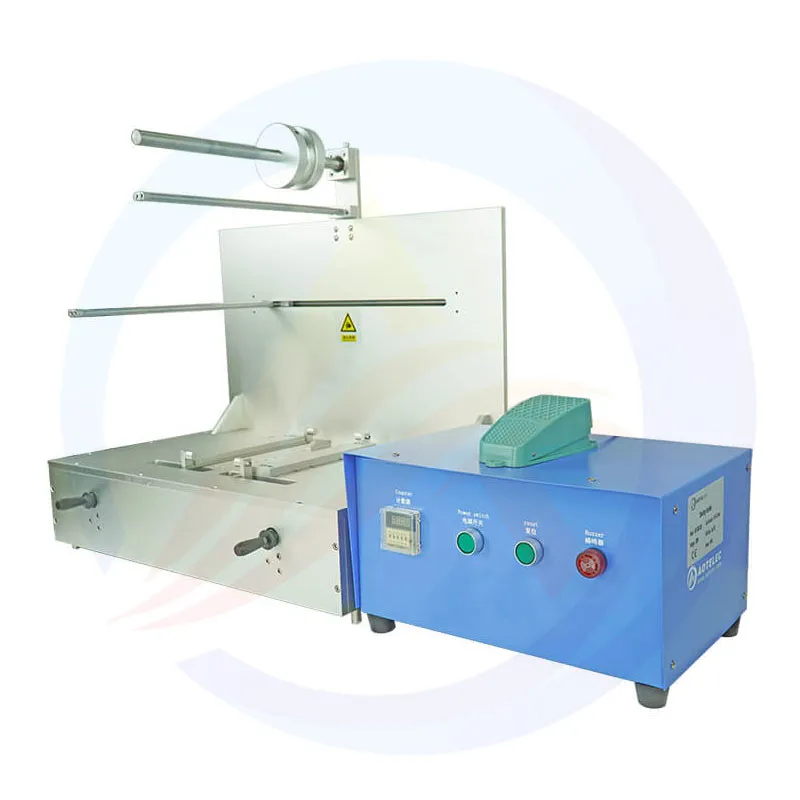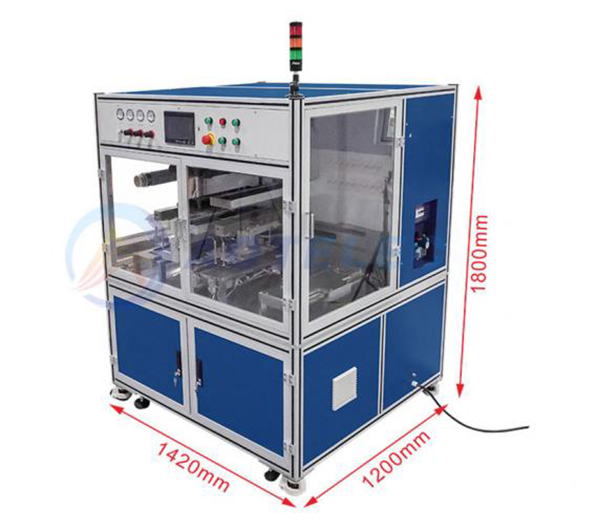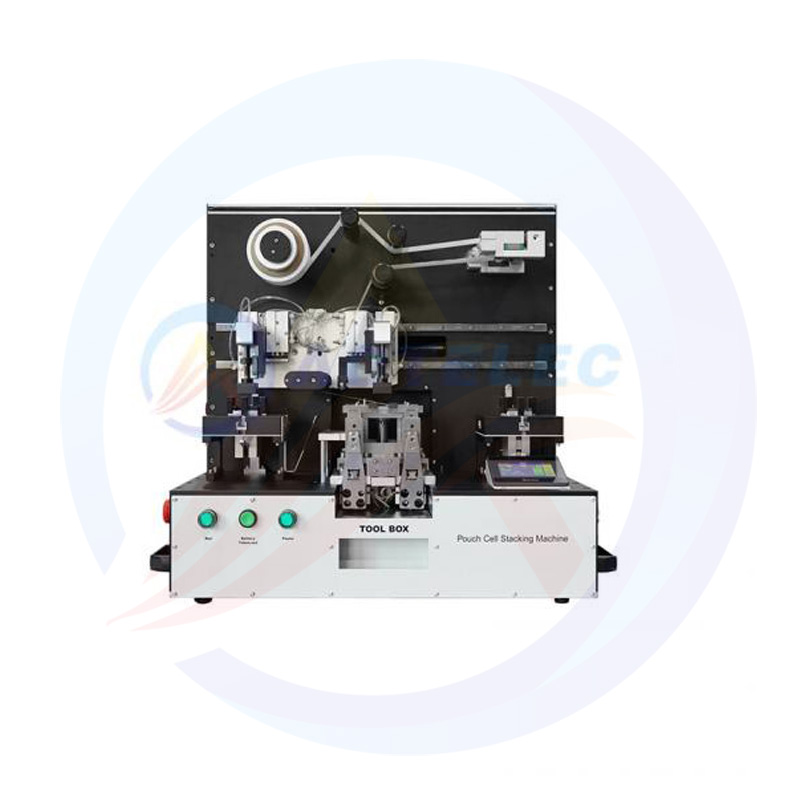What is a battery stacking machine and how does it work?
A battery stacking machine is a specialized piece of equipment used in the manufacturing and assembly process of batteries, particularly in the context of large-scale or automated battery production lines. This machine is designed to automatically stack battery cells or modules in a precise and efficient manner.
Automation:
The machine is typically equipped with robotic arms or conveyors that automatically handle and position the battery cells or modules.
This eliminates the need for manual labor, increasing both speed and accuracy in the stacking process.
Precision:
Battery stacking machines are engineered to achieve high precision in the placement of battery cells.
This ensures that the cells are stacked correctly and securely, which is crucial for the overall performance and safety of the battery.
Flexibility:
Many battery stacking machines can be configured to handle different sizes and types of battery cells.
This allows manufacturers to produce a variety of battery products without the need for multiple stacking machines.
Monitoring and Control:
Advanced battery stacking machines often come with integrated monitoring and control systems.
These systems can track the stacking process, identify potential issues, and provide real-time feedback to the operator.
Safety:
Battery stacking machines are designed with safety features to protect both the machine and the operators.
This includes sensors that detect and prevent collisions, emergency stop buttons, and safety guards to enclose moving parts.
Efficiency:
By automating the stacking process, battery stacking machines can significantly increase production efficiency.
This allows manufacturers to produce more batteries in a shorter amount of time, reducing costs and improving competitiveness.
Battery Stacking Machine,or battery automatic stacking equipment, is a crucial device in the production process of lithium batteries. It utilizes intelligent control, machine vision technology, and modular design to achieve automatic grasping, positioning, stacking, and fastening of battery cells, significantly improving production efficiency and product quality.
Uses
Automated Stacking:
The machine automatically stacks lithium battery cells according to the preset program, ensuring consistency in size, shape, and weight of the stacked battery cells.
Positioning and Fastening:
Advanced sensor technology and machine vision technology enable precise positioning of the battery cells. The machine then fastens the stacked cells to ensure stability.
Adaptability and Flexibility:
With modular design, the battery stacking machine can be configured and adjusted flexibly to meet different production needs for various specifications and models of lithium batteries.
Advantages
Efficiency:
The battery stacking machine can work continuously and stably, greatly improving production efficiency. Compared to traditional manual stacking methods, it can complete more stacking tasks in a shorter time.
Precision:
The use of advanced sensor technology and machine vision technology allows for precise positioning and stacking of battery cells, ensuring product quality and reliability.
Automation:
The intelligent control system enables automatic grasping, positioning, stacking, and fastening of battery cells, reducing labor intensity and the costs and time associated with personnel turnover and training.
Cost Reduction:
By automating the stacking process, the machine reduces the need for manual labor, thereby lowering labor costs.
Promotion of Industrial Upgrading:
The application and promotion of battery stacking machines not only enhance the production capacity and competitiveness of individual enterprises but also drive the upgrading and development of the entire new energy vehicle industry.
Battery stacking machines work through a combination of automation, precision engineering, and intelligent control systems.
Components and Functions
Feeding System:
The feeding system is responsible for delivering battery cells or modules to the stacking area. This may involve conveyors, robotic arms, or other automated feeding mechanisms.
Positioning System:
Once the battery cells are fed into the machine, the positioning system ensures that they are accurately placed in the correct orientation for stacking. This may involve the use of sensors, machine vision systems, or other precision positioning technologies.
Stacking Mechanism:
The stacking mechanism is the core of the battery stacking machine. It uses robotic arms, conveyors, or other automated devices to pick up and stack the battery cells in a precise and controlled manner. The stacking process is typically guided by a program that specifies the desired stack configuration and sequence.
Pressure Application (if necessary):
In some cases, the battery stacking machine may apply pressure to the stacked cells to ensure that they are securely held together. This can be done using pneumatic or hydraulic presses, or other pressure application devices.
Control System:
The control system is the brain of the battery stacking machine. It oversees the entire stacking process, coordinating the actions of the feeding system, positioning system, stacking mechanism, and any other components. The control system may also include monitoring and feedback mechanisms to ensure the accuracy and reliability of the stacking process.
Workflow
Initialization:
The battery stacking machine is initialized, and the control system is set to the desired stacking configuration and sequence.
Feeding:
Battery cells are fed into the machine through the feeding system. This may involve placing the cells on a conveyor belt, loading them into a robotic arm, or using another automated feeding method.
Positioning:
The positioning system aligns the battery cells in the correct orientation for stacking. This may involve using sensors to detect the position and orientation of the cells, and adjusting them as necessary.
Stacking:
The stacking mechanism picks up the battery cells and stacks them in the desired configuration. This may involve moving the cells along a conveyor belt, using a robotic arm to place them in a stack, or using another automated stacking method.
Pressure Application (if necessary):
If pressure is required to secure the stacked cells, the pressure application device is activated. This may involve applying a pneumatic or hydraulic press to the stack, or using another pressure application method.
Monitoring and Feedback:
The control system monitors the stacking process, ensuring that it is proceeding correctly. If any issues are detected, the system may provide feedback to the operator or take corrective actions to ensure the accuracy and reliability of the stacking process.
Applications
Battery stacking machines are widely used in the manufacturing and assembly of batteries for various applications, including electric vehicles, energy storage systems, and portable electronic devices. They enable manufacturers to produce high-quality batteries efficiently and cost-effectively.
In summary, battery stacking machines work through a combination of automation, precision engineering, and intelligent control systems. They use feeding, positioning, stacking, and pressure application mechanisms to stack battery cells in a precise and controlled manner. These machines are essential for the efficient and cost-effective production of high-quality batteries.

